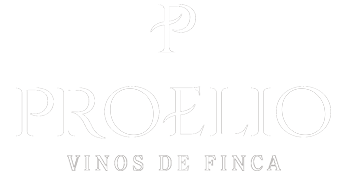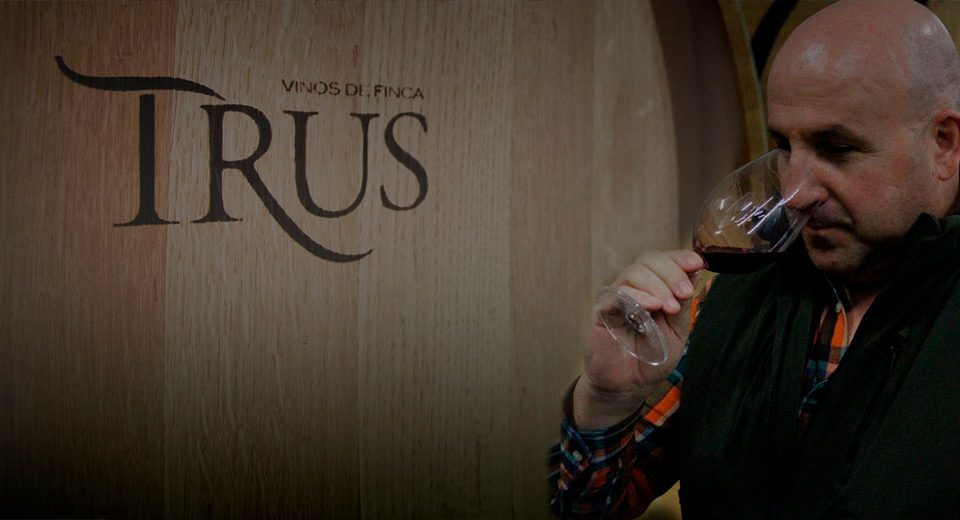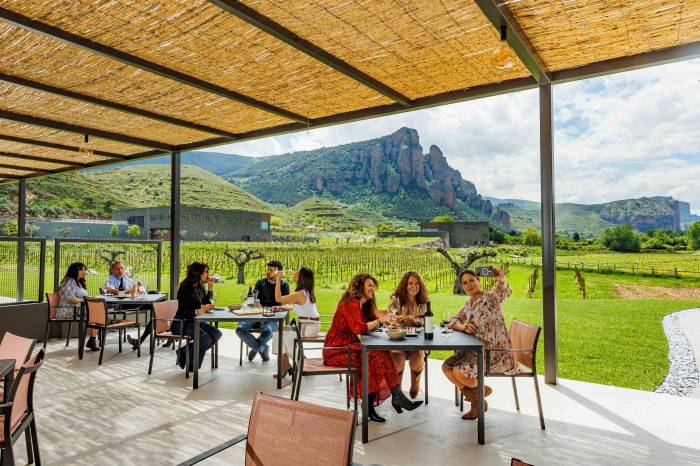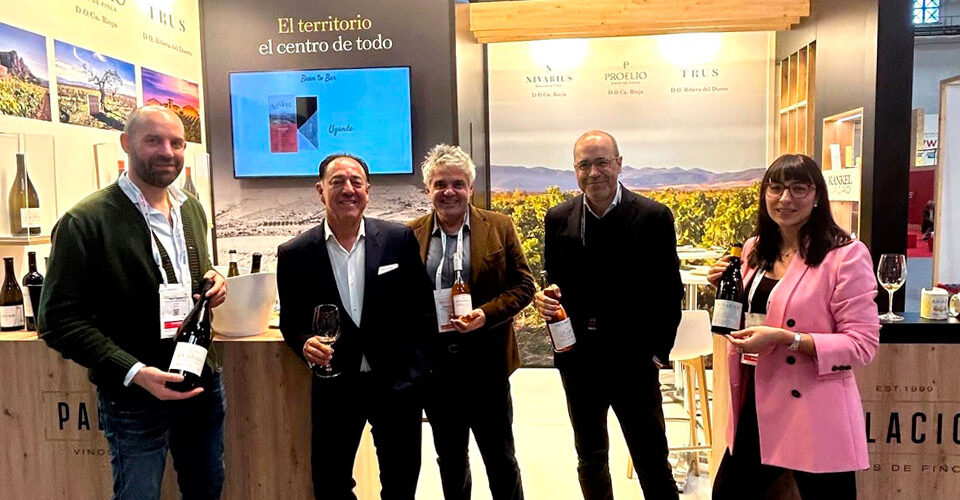Detecting and identifying excellent quality micro-soils is our philosophy. We have not left anything to chance or intuition, the work is the result of observation and careful analysis, but it is the soil that sets the tone, the element from which everything else starts.
Blog
21 January 2021
For as long as I can remember, I have felt that my life is linked to the land. I was born and raised in a village, Albelda de Iregua, in La Rioja, a region of vineyards, […]
20 June 2025
We open the new space for visits and celebrations of events in La Rioja.
2 April 2025
International and national fairs are a key opportunity to showcase our wines, strengthen trade relations and promote our wines ...
